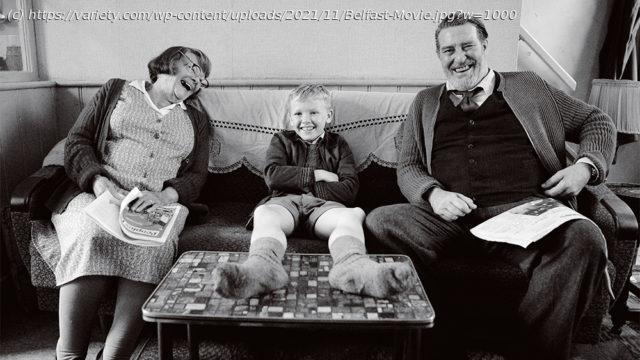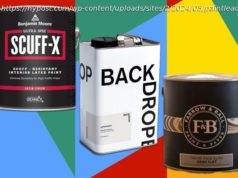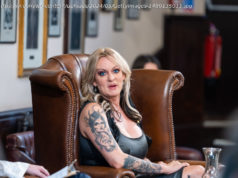Filmmaker Kenneth Branagh and the crew of “Belfast” discuss the film’s editing, cinematography, production design and costumes.
Kenneth Branagh’s “Belfast” is a film he holds near and dear to his heart, as the semi-autobiographical movie is a touching love letter to his childhood. Jude Hill stars as Buddy, a young boy growing up amid the rising political tensions of Ireland in the ’60s. An explosion on the street where his home is early in the opening scenes informs his parents’ eventual decision to move the family away from the city. Putting family front and center was key for Branagh, who both wrote and directed. But equally important was remembering Buddy’s perspective. Branagh says, “In the cut and framing, we talked about keeping the audience positively unsettled in the way the boy is.” In a scene at a gate, when a villain comes up behind Buddy’s father, played by Jamie Dornan, “we’re very low on the ground,” the director explains. “You could say also it’s Buddy’s point of view, with this looming shape of the father’s back and the scary northern sky. The low angle is was important, because Pa is trying to be heroic, there’s this thread of the baddie— and it’s how his boy sees him: being brave.” “Kenneth shot in a very painterly style. A lot of the scenes were held and had a depth of field. The mise-en-scene was just as important as the rhythm of the film. Ken and I were mindful to keep the film going, and some shots were tableau-style static scenes. With those, we interrogated the structure, [Sometimes] we shortened them, or even moved them where it could have a more visceral and emotional impact. Sometimes we had an abundance of footage shot on two cameras, other times we only had one or two shots. There was a simplicity to the style that I think helped with the invocation of memory. “The scene where the father and Will are in the doorway talking to one another in the garden, the camera is wide, and they are framed by the door. Buddy walks in, and it’s an elegant choice by Ken to allow us to bear witness to the scene, and we’re seeing a lot through the eyes of Buddy. We worked hard to allow the audience in and feel the story building. “Later in the film, during the riot, we used music from ‘High Noon’ — we juggled the social realism of the riot and the magic realism of music from that film — and the riot takes on another world through the eyes of a child, where there’s a bad guy and his dad is the good guy. The street that we just saw was like this moment we had seen with Gary Cooper on the TV just a few moments earlier. It was about counterbalancing the intensity of the riots and how a child perceives things.” “We have discussed black and white in our films, but it’s something we try to incorporate because we like how it filters out any unnecessary noise. Whatever film we do, we are careful about directing the audience’s attention in a very particular way: Our use of color, composition, symmetry and even Ken’s extremely beautiful blocking is one based on simplicity and minimalism.
Home
United States
USA — Art How Kenneth Branagh's 'Belfast' Shows Events Through the Eyes of a Child






